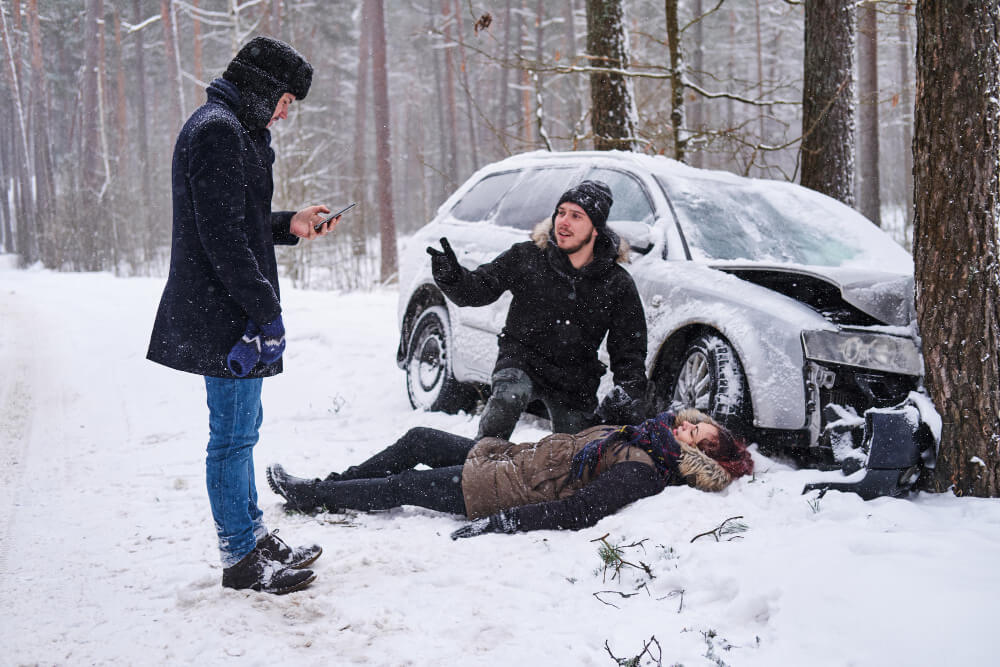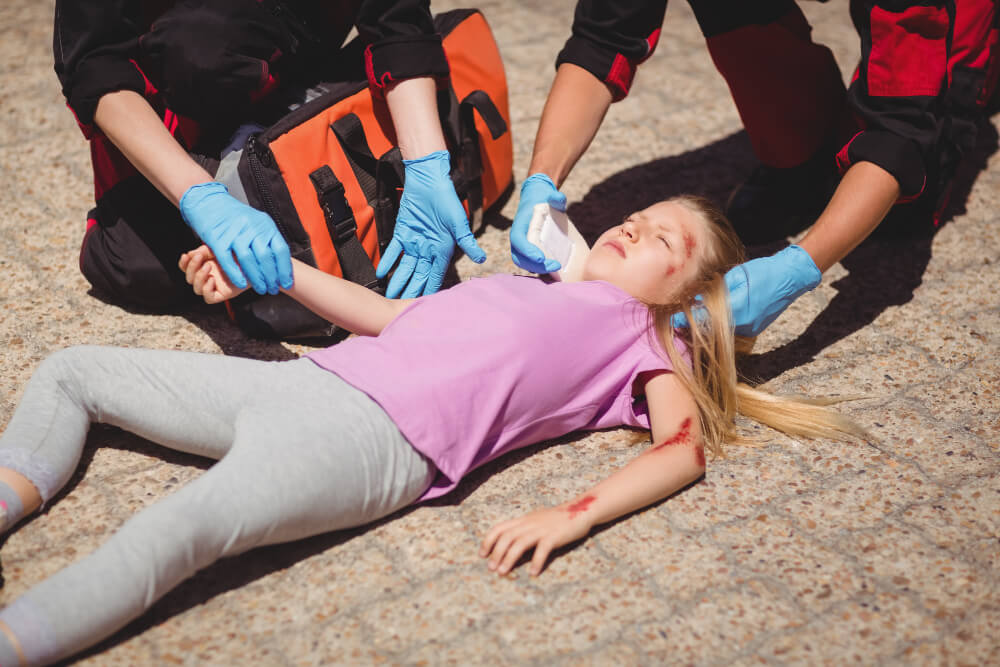Car Crash Scrapes: Don’t Dismiss Them! Get Healing Tips & Know When to See a Doctor
The aftermath of a car accident can be a whirlwind of emotions, adrenaline, and checking for immediate injuries. But sometimes, seemingly minor scrapes and cuts sustained during a collision can be easily overlooked. While some minor scrapes might heal on their own, it’s crucial to understand the proper care for car accident wounds to avoid potential complications and minimize scarring.
This article delves into the world of car accident scrapes and cuts. We’ll explore essential first-aid steps to promote healing, warning signs that indicate needing medical attention, and when seeking professional wound care might be beneficial.

Beyond the Bump: Why Car Accident Scrapes Deserve Attention
While a minor scrape might not seem like a major concern compared to potential car accident injuries, there are several reasons why these wounds shouldn’t be completely disregarded:
Infection Risk: Car accidents can happen anywhere, and the crash site could be contaminated with debris, dirt, or bacteria that can increase the risk of infection in open wounds.
Scarring: Improper wound care can lead to unsightly scarring. By taking the right steps early on, you can minimize the chances of permanent marks.
Underlying Damage: Sometimes, seemingly superficial scrapes can mask deeper injuries like muscle tears or nerve damage. A doctor’s evaluation can rule out any underlying issues.
Documentation for Insurance: For legal and insurance purposes, documenting any injuries sustained in a car accident is crucial. This includes taking pictures of scrapes and cuts before starting any treatment.
First Aid Essentials: Minimizing Scarring and Promoting Healing

If you sustain scrapes or cuts in a car accident, here are some essential first-aid steps to take:
- Stop the Bleeding: Apply direct pressure to the wound with a clean cloth or gauze pad to control any bleeding. Maintain pressure for several minutes until the bleeding stops.
- Clean the Wound: Once the bleeding is under control, gently clean the wound with clean water or a mild saline solution to remove dirt and debris. Avoid using harsh soaps or antiseptics that can irritate the wound.
- Prevent Infection: After cleaning, apply a topical antibiotic ointment to help prevent infection. Cover the wound with a sterile bandage to keep it clean and protected.
- Elevation: If possible, elevate the injured area above the level of your heart to reduce swelling and promote healing.
- Pain Management: Over-the-counter pain medication like acetaminophen or ibuprofen can help manage any discomfort associated with the scrape.
Additional Tips:
- Change the bandage regularly: Keep the wound clean and prevent infection by changing the bandage at least once a day, or more often if it becomes soiled or wet.
- Monitor the Wound: Pay close attention to the wound for any signs of infection, such as redness, swelling, pus, or increased pain.
- Maintain Hygiene: Wash your hands thoroughly with soap and water before and after touching the wound to prevent further contamination.
When to Seek Medical Attention: Don’t Ignore These Warning Signs
While most minor scrapes can be effectively treated at home with proper first-aid measures, there are situations where seeking medical attention from a doctor or urgent care clinic is crucial. Here are some red flags to watch out for:
- Excessive Bleeding: If the bleeding from the scrape is severe and doesn’t stop with applying pressure for several minutes, seek medical attention immediately.
- Signs of Infection: If the area around the scrape becomes red, swollen, or starts oozing pus, it could be a sign of infection. This requires medical evaluation and antibiotic treatment.
- Deep or Large Wounds: Large or deep scrapes, especially those involving muscle or fat tissue, often require professional cleaning, stitches, or other medical interventions.
- Embedded Debris: If there is any foreign object embedded in the wound, don’t attempt to remove it yourself. Seek medical attention to have it safely removed.
- Tetanus Shot Update: If you haven’t had a tetanus shot in the last 10 years, a car accident scrape might be a good reminder to get your vaccination status checked. Tetanus is a serious bacterial infection that can enter the body through open wounds.
Beyond Basic Care: Professional Wound Treatment Options
In some cases, depending on the severity or location of the scrape, seeking professional wound care from a doctor or dermatologist might be beneficial. Here are some potential advantages:
- Faster Healing: Doctors might utilize specialized techniques or dressings to promote faster and more efficient healing, particularly for larger or deeper scrapes.
- Minimizing Scarring: Dermatologists can offer specific wound care strategies or treatments to minimize the risk of scarring
